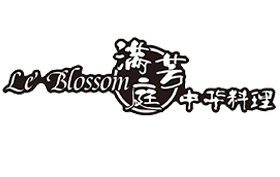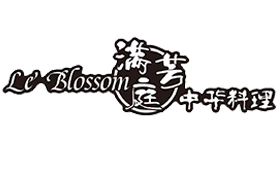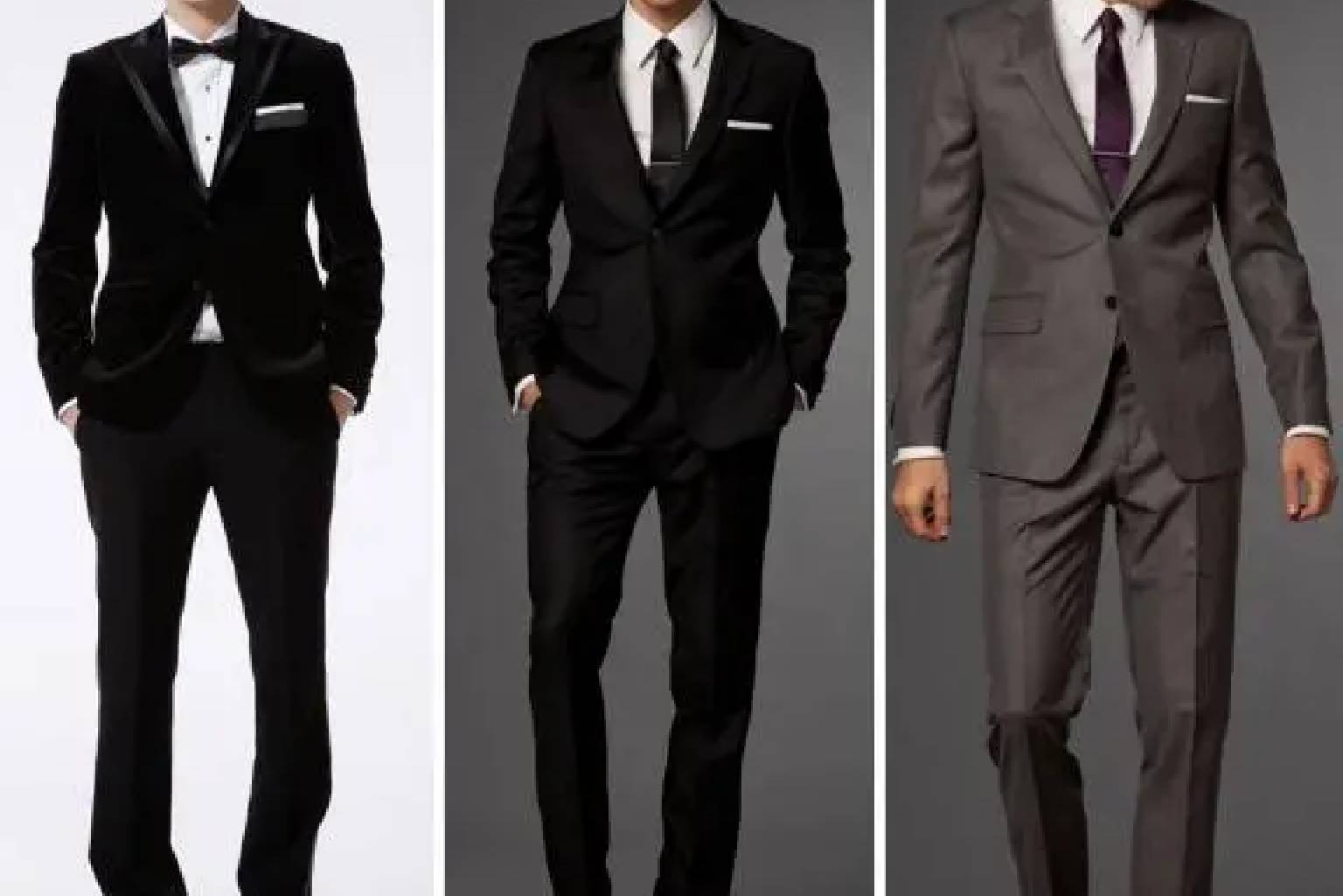In the vast spectrum of human behavior and expression, few things convey as much about an individual or a society as the way we dress. Clothing is not merely a means of covering our bodies; it is a form of communication, a reflection of identity, culture, and even our psychological state.
In this extensive exploration, we delve into the multifaceted reasons behind why we dress the way we do, unraveling the intricate tapestry of human attire.
Dressing up” generally refers to the act of wearing special or formal clothing, often to look nicer or more elegant than usual.
This can be done for various reasons, such as attending a formal event, going to a party, participating in a celebration, or simply wanting to present oneself in a more polished or fashionable manner.
Dressing up typically involves putting on clothing that is more stylish, refined, or appropriate for a specific occasion than everyday attire.
People may dress up for a wide range of events, including weddings, parties, business meetings, ceremonies, or cultural celebrations. The specific clothing and level of formality can vary based on the nature of the occasion and cultural norms.
“Dressing up” can also extend beyond clothing and include grooming, accessorizing, and paying attention to overall appearance to create a more polished and put-together look.

Historical Perspectives on Clothing:
To truly understand the roots of our dressing habits, we must embark on a journey through time. From ancient civilizations to modern societies, clothing has always been more than a practical necessity.
The climate, and societal structures have influenced the evolution of fashion, shaping the very fabric of our wardrobes.
Identity Expression through Clothing:
Our choice of attire serves as a visual language through which we express our identity to the world. Whether it’s a meticulously crafted ensemble or a casual outfit, each garment speaks volumes about who we are. Clothing functions as a tool for both personal and collective identity.

Cultural Signifiers in Fashion:
Fashion is not confined to individual expression; it is deeply woven into the fabric of cultural identity. Different regions and societies have distinct sartorial traditions that not only reflect their history but also communicate a sense of belonging.
From traditional garments to contemporary fashion trends, intricate relationship between culture and clothing has been well explored.
The Influence of Social Media on Fashion:
In the digital age, social media platforms have emerged as powerful influencers of fashion trends. The constant exposure to curated images and celebrity styles shapes our perception of what is considered fashionable.
Social media has a big influence on the democratization of fashion, as well as the challenges it poses to individual authenticity.
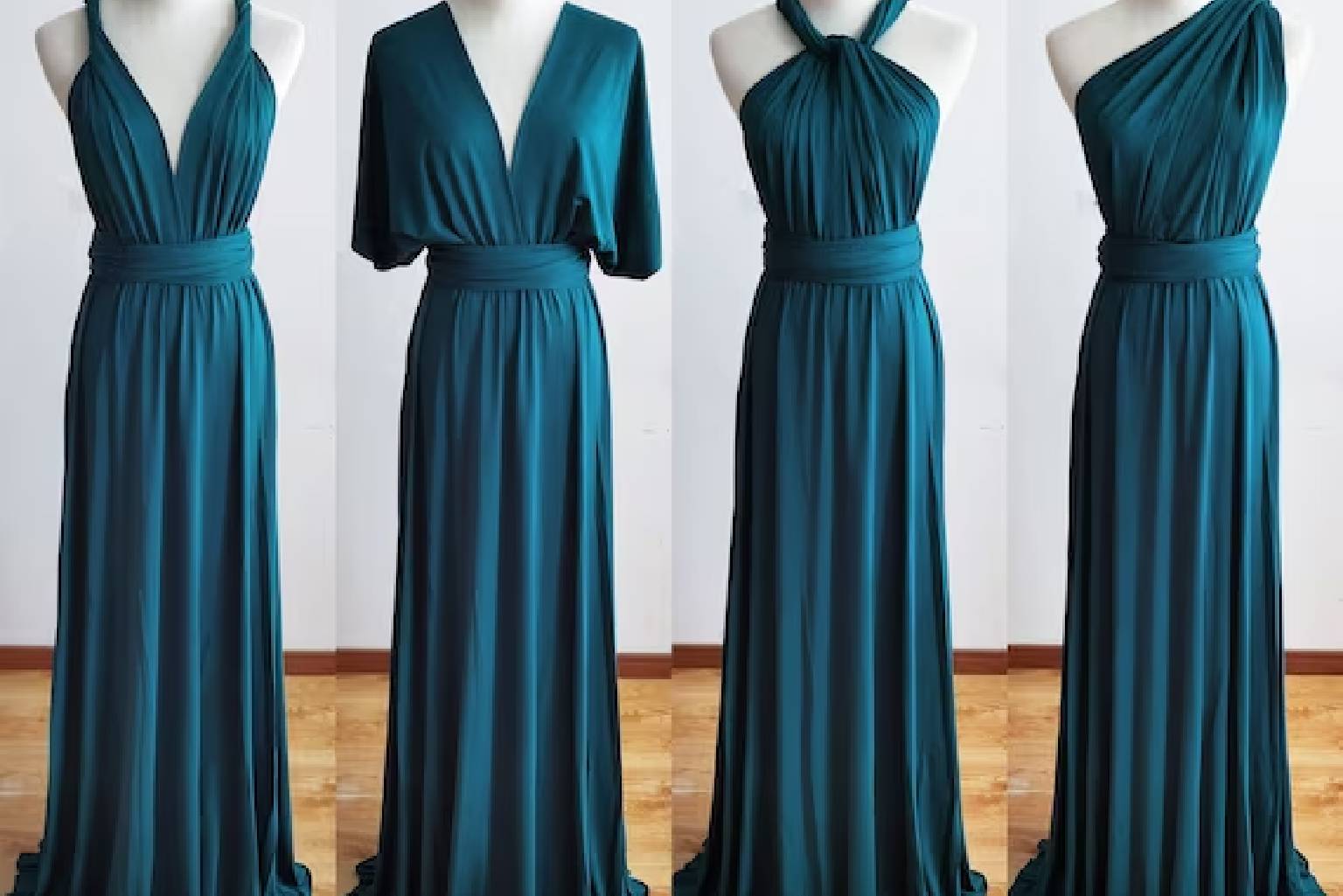
Psychological Factors in Clothing Choices:
Why do we feel more confident in certain outfits? How does the color of our clothes affect our mood? What are the cognitive aspects that influence our decisions when standing in front of the wardrobe?
From the psychology of color to the concept of enclothed cognition, we unravel the fascinating interplay between the mind and the clothes we wear.
Fashion as a Form of Social Commentary:
Beyond personal expression, fashion often serves as a mirror reflecting the social and political climate of a given era. From countercultural movements to statements of protest, clothing has been a powerful tool for individuals and groups to voice their opinions.
Fashion becomes a silent commentary on societal norms, pushing boundaries and challenging the status quo. o
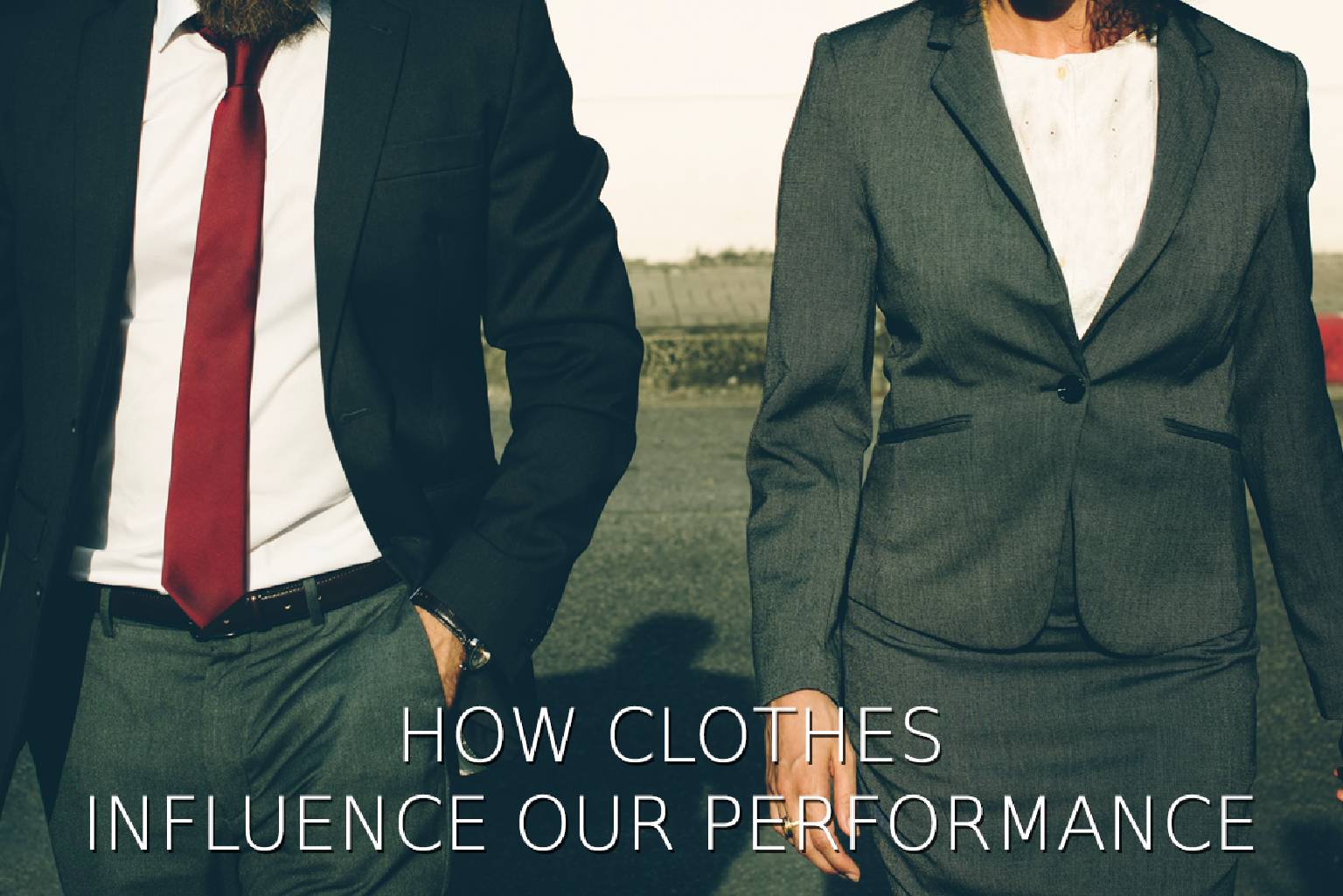
Sustainable Fashion: A Shift in Paradigm:
As awareness of environmental issues grows, so does the consciousness about the impact of the fashion industry on the planet. This has mande consumers and designers alike to reevaluate their choices to create a more eco-friendly and ethical approach to clothing.
Conclusion: Human behavior
In this comprehensive exploration, we’ve peeled back the layers of human attire, revealing the rich tapestry of influences that shape the way we dress.
From historical legacies to contemporary trends, from individual expression to collective identity, our clothing choices are a reflection of the complex interplay between culture, psychology, and societal dynamics.
As we continue to navigate the ever-evolving landscape of fashion, one thing remains clear: the way we dress is far more than skin-deep—it is a dynamic and nuanced expression of who we are and the world we inhabit.
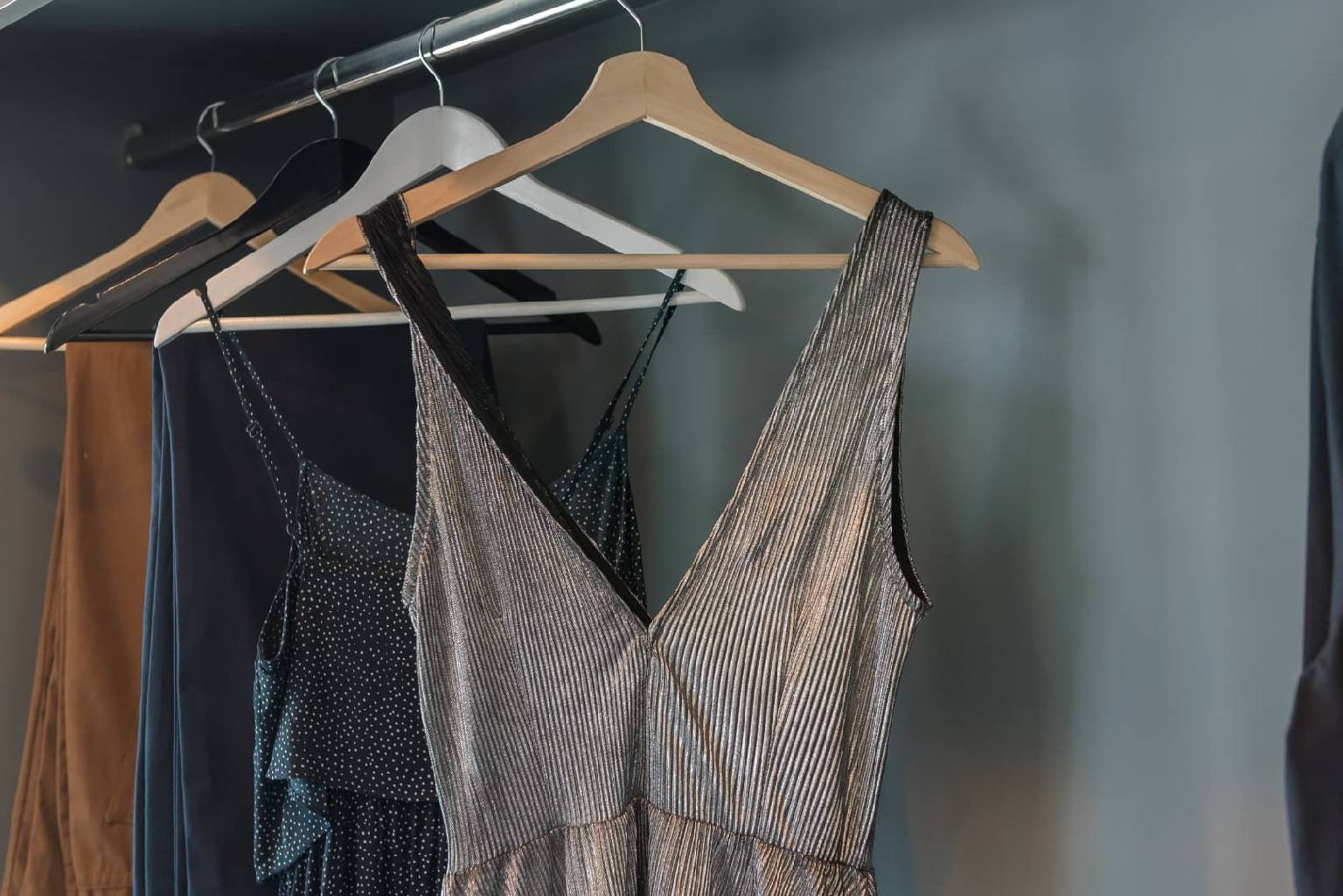
Le Blossoms is Nairobi’s best chinese restaurant located in Gigiri along UN avenue. We specialize in authentic Chinese delicacies taking you to the heart of Beijing.
Our menu features a hand-picked assortment of well-known Chinese traditional dishes that have been expertly prepared to highlight the flavors of the finest ingredients.
Your taste buds will be taken on an unforgettable journey. Click on the link here to visit our website.
